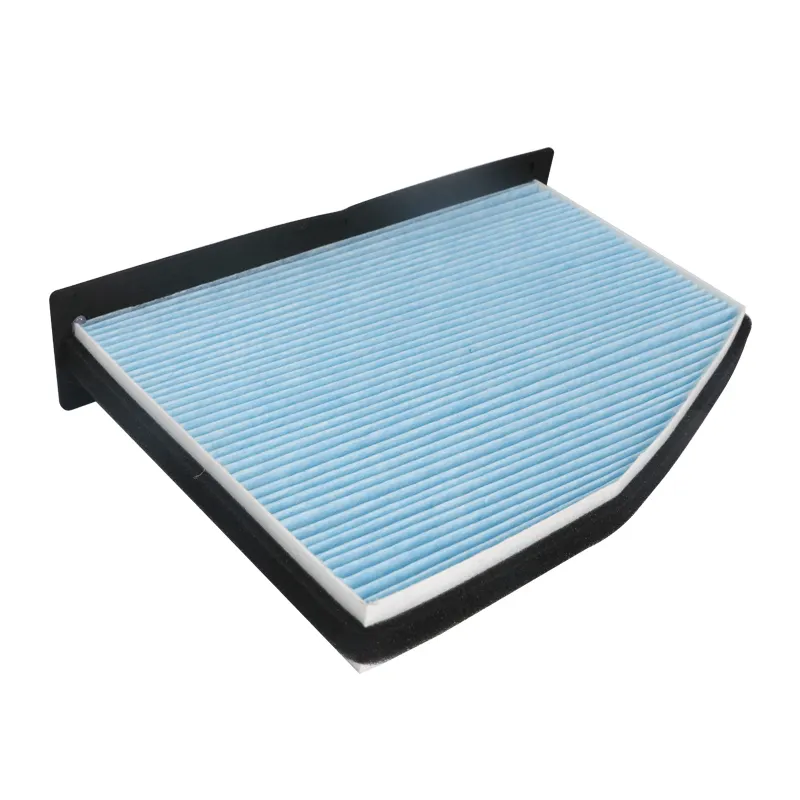sep . 28, 2024 02:31 Back to list
Essential Guide to Choosing the Right Oil Filter Socket for Your Vehicle
Understanding Oil Filter Sockets The Essential Tool for Every Mechanic
When it comes to maintaining a vehicle, one crucial aspect often overlooked by car owners is the oil filter. The oil filter plays a vital role in keeping the engine lubricated and free from contaminants. To efficiently replace or service the oil filter, the right tools are essential, and one of the most important among them is the oil filter socket. In this article, we’ll explore what oil filter sockets are, their types, benefits, and why having one in your toolkit is indispensable.
What is an Oil Filter Socket?
An oil filter socket is a specially designed tool that enables mechanics and DIY enthusiasts to easily remove and install oil filters. These sockets are typically made of durable materials like chrome vanadium steel and are-engineered to fit snugly onto the oil filter. Their design often features a shallow reach and a hexagonal or octagonal shape that allows for a better grip and transfer of torque compared to regular sockets or wrenches.
Types of Oil Filter Sockets
There are several types of oil filter sockets available on the market, each designed to cater to various oil filter shapes and sizes
1. Cap Style Oil Filter Sockets These are the most common type, designed to fit over the end of the oil filter. They come in various sizes to accommodate different filter diameters and usually have a 3/8-inch or 1/2-inch drive.
2. Wrench Type Oil Filter Sockets These tools resemble traditional wrenches and are ideal for tighter spaces where access is limited. They often come with pivoting heads for better angling.
3. Universal Oil Filter Wrenches These tools are highly versatile and can adjust to fit various sizes of oil filters, making them a great addition to any toolkit.
oil filter sockets

4. Ratchet Type Oil Filter Sockets Equipped with a ratchet mechanism, these sockets allow for continuous turning without needing to reposition the tool, providing extra convenience during oil changes.
Benefits of Using Oil Filter Sockets
The use of oil filter sockets brings several benefits to both professional mechanics and home DIYers
- Enhanced Grip Unlike regular wrenches or pliers, oil filter sockets are designed specifically for oil filters, providing a secure grip that reduces the likelihood of slipping and damaging the filter.
- Easier Access Many oil filter sockets are designed to reach into tight spaces, allowing mechanics to work comfortably, especially in compact engine compartments.
- Time Efficiency Using the right socket drastically reduces the time needed for oil filter changes, making routine maintenance a quicker process.
- Prevention of Damage By using an appropriately sized oil filter socket, the risk of damaging the new oil filter during installation is minimized, allowing for a smoother operation.
Conclusion
In conclusion, investing in a quality oil filter socket is essential for anyone who wishes to perform their vehicle’s maintenance with efficiency and confidence. Whether you are a professional mechanic or a weekend DIYer, having the right tools at your disposal will make oil changes and other automotive repairs much simpler. As the car world continues to evolve, staying equipped with updated tools like oil filter sockets will ensure that you can tackle any challenge that comes your way in maintaining your vehicle's health.
-
Toyota Corolla Oil Filter Price & Deals Affordable AC & Air Filters
NewsJun.10,2025
-
Car Air Filter Change How Often & Why Engine & Cabin Filter Guide
NewsJun.10,2025
-
Best 1 Inch Air Filters for Home & Office High Efficiency 1/2 & 2 Inch AC Filter Options
NewsJun.10,2025
-
Whole Home & House Air Filtration Supplier Expert Air Purification Solutions
NewsJun.10,2025
-
Affordable Diesel Engine Filter Price - Best Deals on Quality Parts
NewsJun.10,2025
-
Premium 20x25x5 Air Filter High-Efficiency Dust Removal
NewsJun.09,2025


